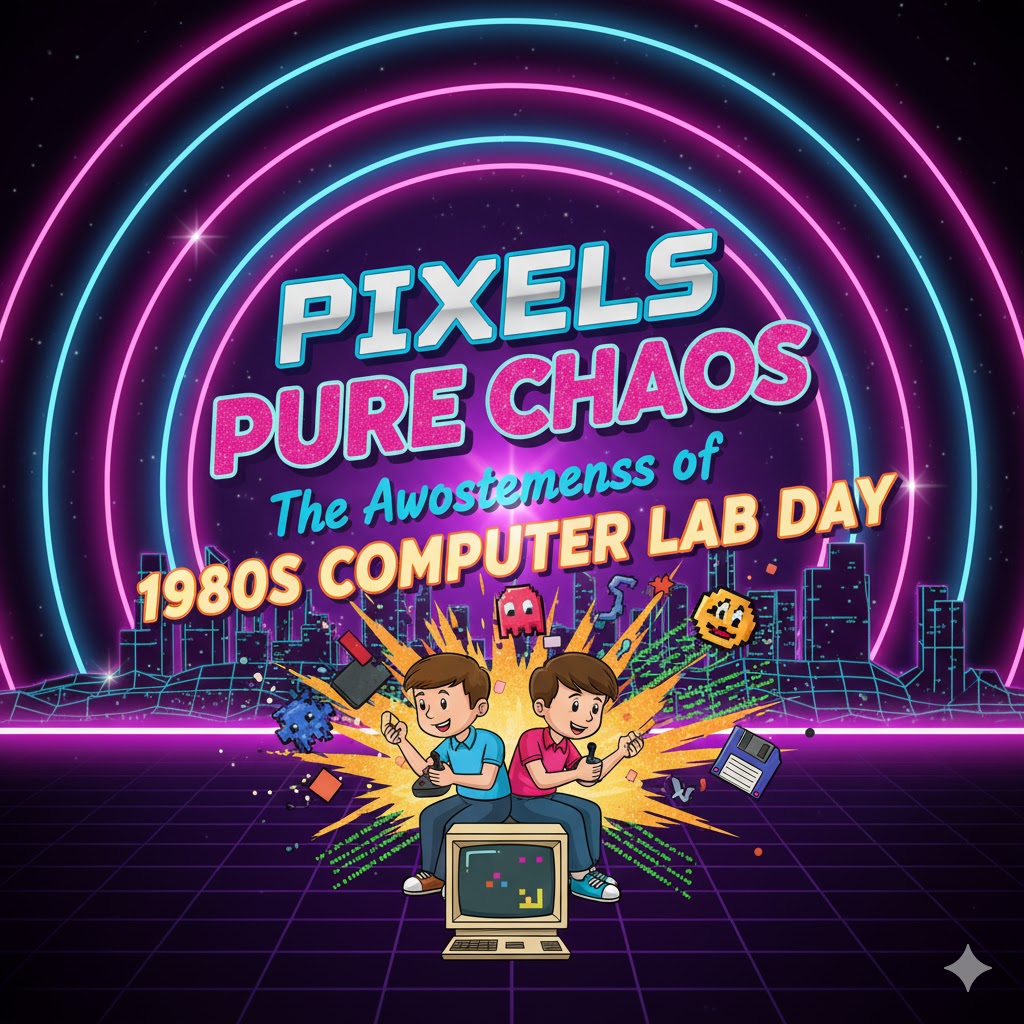 For children growing up in the 1980s, there was no mistaking the sight of Slim Goodbody. Clad in a form-fitting bodysuit that featured anatomically accurate illustrations of internal organs—heart, lungs, intestines, muscles, bones, and blood vessels—Slim was hard to ignore. Played by actor and educator John Burstein, Slim Goodbody was the human embodiment of a textbook, leaping onto screens with infectious energy, wide eyes, and a mission: to teach kids how their bodies worked. But among his many educational endeavors, one stands out as particularly strange and unforgettable: The Inside Story with Slim Goodbody, a syndicated children’s TV show that was as informative as it was deeply weird.
For children growing up in the 1980s, there was no mistaking the sight of Slim Goodbody. Clad in a form-fitting bodysuit that featured anatomically accurate illustrations of internal organs—heart, lungs, intestines, muscles, bones, and blood vessels—Slim was hard to ignore. Played by actor and educator John Burstein, Slim Goodbody was the human embodiment of a textbook, leaping onto screens with infectious energy, wide eyes, and a mission: to teach kids how their bodies worked. But among his many educational endeavors, one stands out as particularly strange and unforgettable: The Inside Story with Slim Goodbody, a syndicated children’s TV show that was as informative as it was deeply weird.
To understand how The Inside Story came to be, you have to understand the peculiar charisma of Slim Goodbody himself. Burstein first developed the character in the 1970s while working on health education programs for children. He realized kids weren’t going to absorb facts about the circulatory system or digestive tract from dry lectures. So he created a character that embodied—quite literally—the concepts he was teaching. The suit, an instant oddity, was meant to be both educational and visually striking. It showed everything: the rib cage, the intestines, the nervous system, all airbrushed in bright reds, blues, and yellows across stretchy Spandex. It was science class meets superhero cosplay.
The Inside Story with Slim Goodbody debuted in the early 1980s, at a time when children’s educational television was hitting its stride but hadn’t quite lost its psychedelic hangover from the previous decade. The show was part musical, part sketch comedy, part science lesson. Slim would appear onscreen, already in character, often leaping or stretching, his voice peppy and enthusiastic in a way that almost dared you to look away. Each episode focused on a different system of the human body—respiratory, digestive, circulatory, skeletal, etc.—and wove together songs, facts, interviews, puppet segments, and animations that would have felt right at home on a Schoolhouse Rock record.
The oddity of the show wasn’t just in its structure, but in its unshakable sincerity. Slim Goodbody didn’t wink at the camera. He didn’t make ironic asides. He was fully committed to being your enthusiastic bodily tour guide. Whether explaining how white blood cells attack bacteria or how the lungs inflate and deflate, he delivered every fact with earnest excitement and exaggerated physical demonstrations. Watching him jump, squat, and twist while discussing colon health was both informative and disorienting.
For many children, The Inside Story was a little too real. The anatomical suit, while intended as an educational tool, unsettled some viewers. The airbrushed muscles and organs had a surreal, uncanny quality—especially when attached to a grown man speaking directly to children through the TV. The show never played it for laughs, which may be why so many kids from the era have vivid, slightly bewildered memories of watching it. It straddled the line between fun and bizarre, making it feel like something dreamed up during a fever rather than produced in a studio.
But the show wasn’t just weird for the sake of weirdness. It had a clear mission: to educate kids about health and the human body in a way they’d remember. And that mission succeeded. Burstein had a background in theater and children’s education, and he used both to make complex systems digestible. A song about the heart’s four chambers? Check. A puppet skit about stomach acid? You bet. A rhythmic chant to help kids remember how digestion works? Absolutely. He knew that children learn through repetition, movement, music, and imagery—and he packed all of it into every 22-minute episode.
Though it was a syndicated show and didn’t have the high-budget gloss of a Sesame Street or a Mister Rogers’ Neighborhood, The Inside Story with Slim Goodbody carved out a unique space. It aired on PBS stations and in classrooms, often shown by health teachers as a supplement to dry textbooks. Kids would groan or giggle at first, but they remembered it. That was the genius. You might not recall a single chapter from your fourth-grade science book, but chances are you remember the guy with his guts painted on his shirt singing about the large intestine.
There was something almost punk rock about Slim Goodbody’s refusal to tone it down. He didn’t change his outfit to appease parents. He didn’t dumb things down to avoid difficult conversations. He talked about puberty. He talked about germs. He talked about poop. He talked about snot. And he did it all without condescension or sugarcoating. He treated children like thinking beings who deserved accurate, entertaining information about their own bodies.
Beyond The Inside Story, Slim Goodbody became a full-blown educational brand. Burstein took the character on tour, performing live at schools and theaters across the country. He released books, VHS tapes, curriculum guides, and appeared on shows like Captain Kangaroo. At one point, Slim was as recognizable in educational circles as Bill Nye would later become in the ’90s. But his image, deeply rooted in the late ’70s and early ’80s aesthetic, eventually became more novelty than mainstream. As children’s programming became slicker, more digital, and more animated, the sight of a man in a skin-tight muscle suit singing about pancreatic enzymes became harder to place in modern lineups.
Still, there’s no denying the cultural impact Slim Goodbody left behind. For a generation of kids, he demystified the human body. He made health feel like something fun, not something scary or boring. And he did it while looking like a cross between an X-ray and an aerobics instructor.
Looking back, The Inside Story with Slim Goodbody stands as a strange but charming relic of an era when educational TV wasn’t afraid to get weird. It wasn’t about branding or algorithms or merchandising. It was about one man’s mission to make anatomy fun—and he succeeded in the most bizarre and memorable way possible.
In the end, the show’s legacy lies in the tension it never tried to resolve. It was both campy and clinical, silly and sincere, ridiculous and deeply effective. Slim Goodbody made you laugh, made you squirm, and maybe made you a little uncomfortable—but he also made you smarter. And in the weird world of children’s educational television, that’s about the highest compliment you can give.
Even decades later, there’s something oddly comforting about the idea that someone out there once cared enough about kids’ health to paint internal organs onto a Spandex suit, write a dozen original songs about digestion, and dance across our screens with unwavering enthusiasm. In an age of polished branding and educational apps, Slim Goodbody feels like a beautiful, bizarre anomaly—one that taught us to listen to our bodies, sing about our bones, and never take the digestive system for granted.

